- GADHER COMMUNITY
- Guru Guidance & Hinduism
- Gotra, Kuldevis & Nived
- Our historical sites
- Blessings & Festivals
- Gadher Community of today
- Gadher Family Tree
- Essence of Life
- Gadher Pluralism
- Gadher young generation
- Amazing Africa
- Incredible India
- Nostalgia
- Origin of this Website
- Dedication
- Golden Memories
- Achievement
- Jivan Darbar
- Disclaimer & Copyright
Gadher community home and abroad
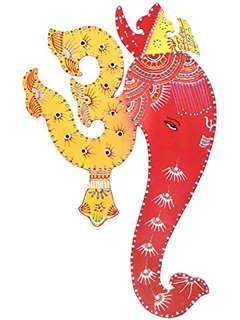
We should not forget our origin, our history and our ancestral past
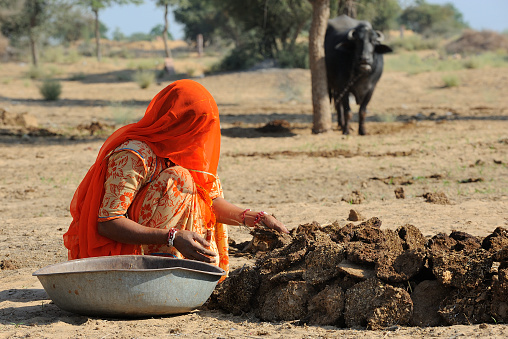
Utilising cow dung
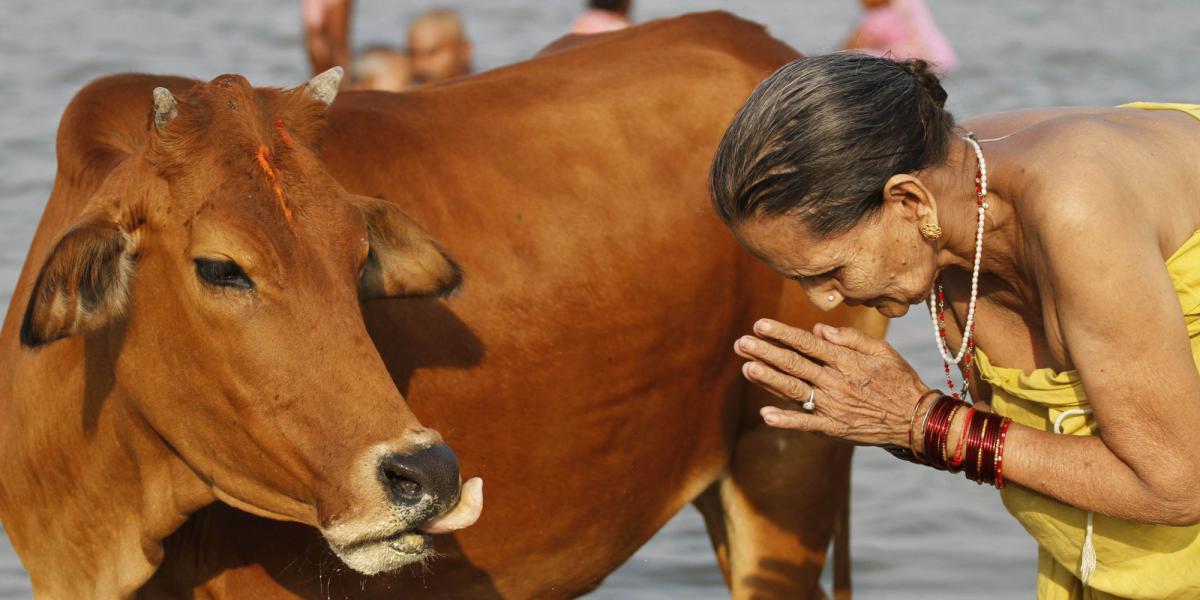
Our culture and religion

Working the land
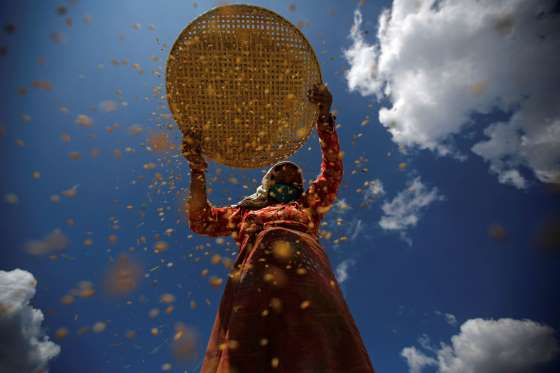
Harvest
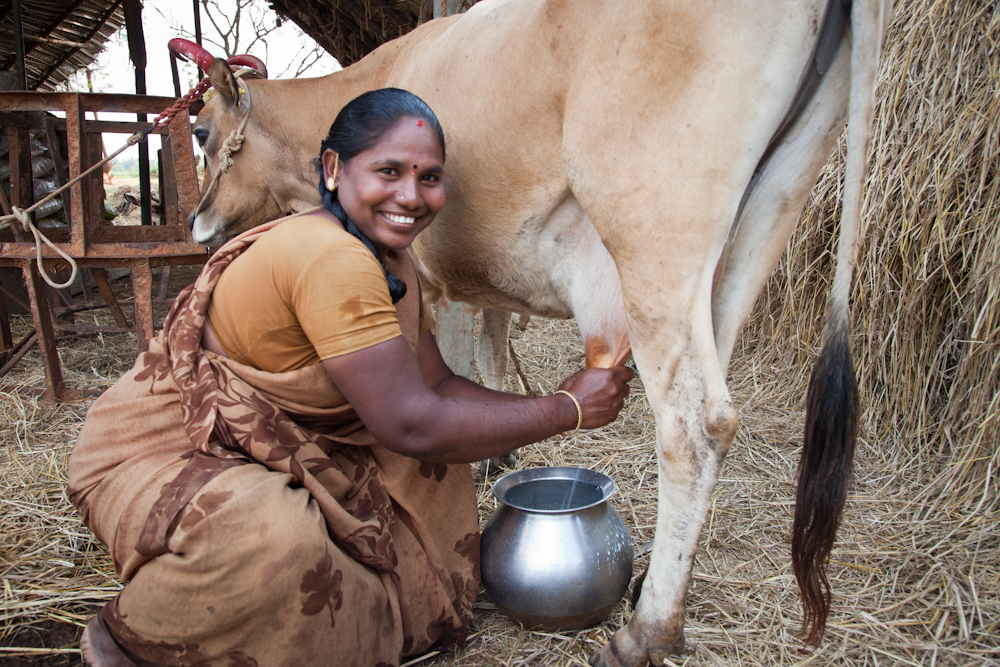
Every home with a cow

Every day thousands of divas are lit in prayers !

Traditional cooking
Gadher community has spread throughout the World in the last 100 years with the advances in travel from the ordinary 'dhow' (small sailing boat) to the present day ships, aeroplanes and other modes of transport. Gadhers have always been adventerous and forward looking to mould their destiny rather than wait for destinty to decide for them. Many started to travel in the early 1900's to far and wide places. It used to take several months to any destination by a small boat and often the journies were fraught with problems and even death. Often the circumstances at home forced Gadhers' to make such decisions to travel far and wide and hence we stand today as a diaspora community in UK. Whilst many of the Gadhers' are from East Africa, Middle Africa and South Africa, many also reached UK , USA and other parts of the World directly from India. The migration from Gujarat to East Africa is a fascinating tale and points to the determination of Gadhers' as well as the changing circumstance of the day where European exploration, exploitation and colonisation in the 19th Century was central to this migration as detailed below. Access to sea trasport facilitated the travels and a sense of adventure, bettering oneself and taking the challenge has always been in the blood of the Gadhers.
Migration - Pre 1900's and thereafter
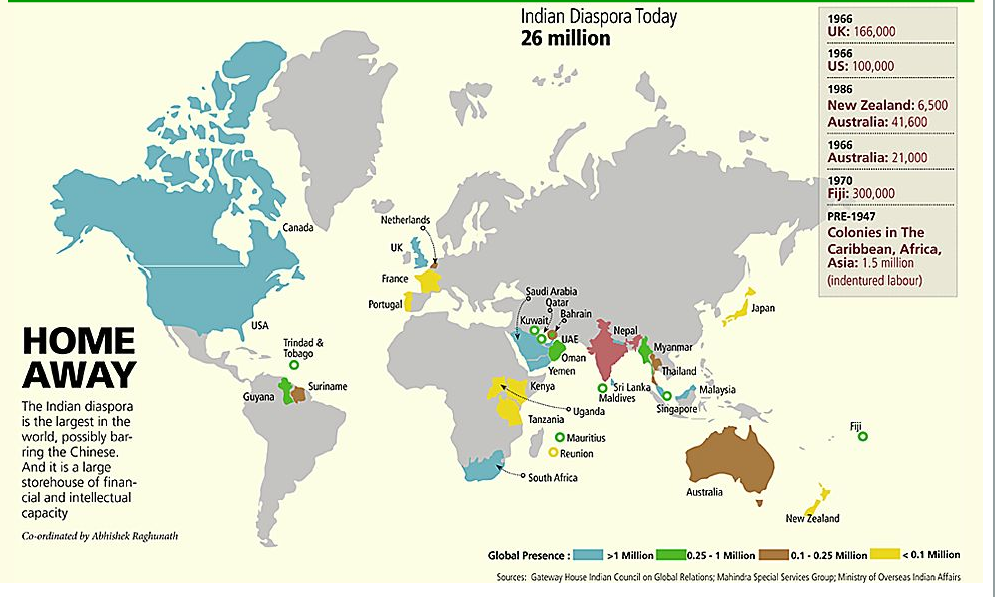
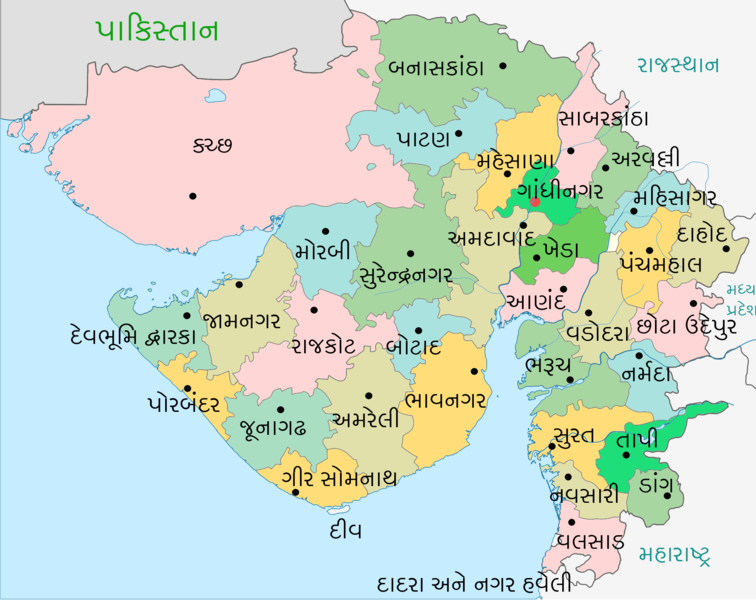
Journey of Gadhers and Gujaratis to East Africa
The easternmost region of Africa consists of countries such as Kenya, Tanzania and Uganda. This region also consists of some well-known lakes and mountains: the fresh water Lake Victoria, Lakes Albert and Tanganyika, and Mount Kenya and Mount Kilimanjaro — the two tallest peaks in the region.
Most Asians, mainly Gujaratis went to Kenya from various parts of India in 1896, in the early days of British colonial rule. A lot of them arrived in dhows (traditional Arab sailing vessels) containing about 350 men. However, it is estimated that the British had taken more than 30,000 Asians, mainly of Punjabi (Indian) origin, to work as labourers, artisans and clerical staff on the Uganda Railway. This started in the eastern coastal town of Mombasa, in what is now known as Kenya.

Once they had completed the work on the railway, a lot of the indentured labourers returned to India. But some remained. They were joined by hundreds of independent immigrants (mainly Indian Gujaratis and a few Goans) who arrived as shopkeepers, artisans and professionals.
Asians as well as Arabs were already in the region well before the Europeans, and doing business along the coast. It was they who enabled the European explorers and missionaries to make their way inside the continent.
The Coming of the Railways
The first railway, set on the island of Mombasa, was a two-foot trolley line that was operated by hand from the port. By 1896, everything was in place to build a railway line all the way up to the area of Port Florence, now known as Kisumu.
Building it was made a little easier by the fact that the gauge used to construct the line was already in use in another part of the British Empire in India. This meant there was a ready source of locomotives. But as the line left Mombasa it had to cross an area that was waterless, the Taru Plains. This slowed down the process, as every single drop of fresh water had to be taken to the workers' camps by train.
In 1898, the railway line reached the Tsavo River. The line was first carried across the river by a supporting wooden framework, while a bridge was being built under the direction of captain JH Patterson, who went on to become a Lt Colonel.
But soon construction of the bridge was held up by two man-eating lions attacking the camp. Despite it being fenced-off with thorn barriers, fires being lit, and strict curfews imposed after dark, the lions still managed to drag men out of their tents at night and kill them. The victims were mostly Asians, plus some Africans. As the attacks continued, the fear increased. Many workers became superstitious and believed the lions were evil spirits. Patterson faced the challenge of maintaining his authority, even his personal safety. It was at this time that Patterson, experienced in tiger -hunting through military service in India, decided to take action.
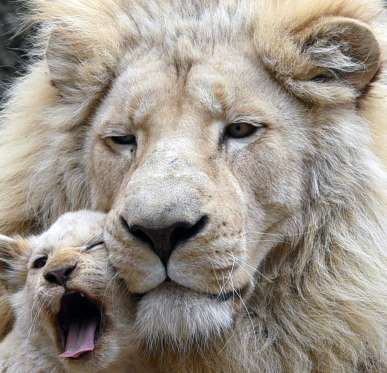
On the night of 9 December, 1898, he shot the first lion, and then the second on the morning of 29 December. He was immediately declared a hero by the workers, including those who had threatened to kill him. They presented Patterson with a silver bowl as a token of appreciation for the risk he had taken on their behalf.
News of killing of the lions began to spread like a fire being fanned by wind. It was even mentioned in Britain's Houses of Parlament by the then Priminister Lord Salisbury.
Soon the building of the bridge recommenced, as did the railway line. But this was not the last time lions would disrupt the work. In 1899, a road engineer was dragged from his tent near Voi and killed. Then in 1900 a police superintendent who was sleeping in his observation saloon was killed when a lion entered his carriage, dragged his body through a window and ran into the bushes.
By 1899, nearly 500km of track had been laid and the line crossed the Athi plains, and the river. It soon reached an area of swampy ground, then known by the Masai tribes as 'Nyrobi' (now Nairobi, the capital of Kenya). A major depot was then constructed, the administrative offices relocated from Mombasa, and homes built for the staff.
As the construction of the railway continued, this attracted Asian merchants, and goods and services began to flow to the workforce. The line finally reached Port Florence (Kisumu) on 19 December, 1901.
South of Kenya, in what was then known as Tanganyika, now Tanzania, the Germans started to construct a line from the coastal town of Dar es Salaam in 1904. This reached the town of Kigoma in the west, on the eastern shores of Lake Tanganyika, in 1914.
A line was then built from Tabora, situated in the centre of the country, to Mwanza in the north, on the southern shores of Lake Victoria. This was completed in 1928.
Also in 1904, another line which had commenced from Tanga in 1899 reached Mombo. It then continued to head towards Mount Kilimanjaro, reaching the town of Moshi in 1911. This line was finally linked to the Uganda Railway at Voi in 1924. Today, the railway goes right up to the border between Uganda and The Democratic Republic of Congo, and also to southern Sudan.
Most Asians went to Kenya not just as individual, freelancing adventurers but members of existing communities. The history of Asians in Kenya can be traced to a few original immigrants who settled and were successful and then returned to India, only to return to Africa with members of their family. This is considered traditional in such Indian societies, and was strengthened by the immigrants' position as strangers in a strange land.
The Asians were forbidden by law from owning farmland. They settled in townships such as Kisumu (situated on the shores of Lake Victoria), Eldoret, Kajiado, Athi River, Kitale, Nakuru, Naivasha, Makindu - just outside Mombasa - Voi, Mombasa, Machakos, Thika, Nyeri, Limuru and Nanyuki, and then to the suburbs of areas of Nairobi such as Parklands, Westlands, River Road (also known as Grogan Road) and Ngara. Not only did they live in these towns and areas, in some cases they built them and became urbanised.

Start of the Capital city of Kenya 1911
The concentration in towns went on to facilitate the development of community associations as well as services. This enabled each community to establish its own places of worship and schools, centres which provided focal points for these Asian's communal lives. They later moved into 'posher' areas of the city, such as Karen (named after Karen Blixen, whose pen-name was Isak Dinesen), Lavington and Muthaiga. Basically, Asians were self-sufficient - socially and spiritually — and, above all, extremely successful economically. It was the latter that led to resentment among the Africans.
The First World War
In 1914, when the First World War broke out, the German colony chief administrator, governor Heinrich Schee, and the governor of Kenya, Sir Henry Conway Belfield, ordered 'no hostile action to be taken'. The reason was that neither had any troops. Colonel von Lettow-Vorbeck, the commander of a tiny German army, ignored this and assembled his men. Fighting in East Africa actually began when German troops in Rwanda and Burundi began shelling villages in what was then Belgian Congo (now The Democratic Republic of Congo).
But it was not until September that action was seen in British East Africa, when the Germans staged raids into the area of Kenya and Uganda. Colonel von Lettow-Vorbeck created a small navy on the shores of Lake Victoria. It caused little damage but big news. In response, the British authorities despatched gunboats, which were loaded onto trains in small pieces and transported on the Uganda Railway. Simultaneously, two brigades of the British-Indian Army tried to land at Tanga in German East Africa on 2 November, 1914, but failed. The landing was disrupted when the Germans retaliated with heavy and accurate firing.
In 1916, General Jan Smuts, who had a large army consisting of 13,000 South Africa including Boers, British and Rhodesians, and 7,000 Indian and African troops, was handed the task of defeating the Germans. He also had access to a small Belgian force and some slightly larger but ineffective Portuguese units which were not under his direct control and based in Mozambique. But this was a purely South African operation.
Smuts' army was attacked from several directions, but mainly from north of Kenya. In the meantime, a substantial force from Belgian Congo moved from the west over Lake Victoria and into the Rift Valley. Another force moved over Lake Nyasa, now known as Lake Malawi. The aim of all of these forces was to catch von Lettow-Vorbeck. They failed largely due to disease. However, one advantage had been gained: the capture by the British of the German railway from the coast at Dar es Salaam to Ujiji. This enabled the Belgian forces to capture Tanga — an administrative centre of central German East Africa.
Despite efforts to capture and destroy von Lettow-Vorbeck's army, the British had failed to end enemy resistance. But even though the Germans had been able to 'down' some large British forces, in 1917 the situation slowly began to change. British troops finally closed in on their enemy and on 23 November, 1917, Lettow-Vorbeck was forced to cross into the Portuguese territory of Mozambique. By doing this, he had hoped to gain recruits and capture small villages and supplies. For the next few months, although Lettow-Vorbeck managed to avoid capture, he was unable to gather strength. Finally, in August, 1918 the German army crossed into Northern Rhodesia, now known as Zimbabwe. Two months later, two days after the guns fell silent in Europe and the armistice was signed at the hall of mirrors at Versailles, Paris, the Germans began what was to be their final attack, 'burning' their last town. The next day they were informed about the signing of the armistice.
During the war, while European settlers continued to arrive and farm, now coffee as well, so did Asians. Although there were places in Kenya where non-Europeans were not allowed to go or live, some Asians found employment in these areas and were therefore tolerated. Some Asians went back to India, returned with family members and set up their own businesses, such as shops. These were initially congregated in small areas that became known as 'River Road' (previously known as Grogan Road) and 'Indian Bazaar'.
The Second World War, the Mau Mau Uprising and Independence
The Second World War saw some action in the region - more so when the colonial authorities brought in a Punjab regiment from India. During this time the East African campaign pitched the forces of the British Commonwealth of Nations against those of the Italy. The British troops came under the control of British Middle East Command.
There were times when coastal cities such as Dar es Salaam (which had been handed over to Britain as a League of Nations mandate at the end of the First World War) came under aerial bombardment from aircraft taking off from carriers in the Indian Ocean. But the campaign did not last as long as in Europe, the Middle East and Far East, and ended officially in September, 1943 when the Italians signed an armistice with the Allies. However, some people were not aware of this and continued to fight for another month.
The struggle for Kenyan independence began almost immediately after the Second World War, and was led by the Kikuyu tribe.
Prior to the Mau Mau uprising in the 1950s, European settlers took over lands in the central highlands which were mainly inhabited by the Kikuyu. By 1948, the Kikuyu were restricted to 2,000 square miles, while the settlers had 12,000 square miles and the most desirable agricultural land. Also, the climate in the central highlands was cool compared with the other areas of the colony. This led to political, economic and racial tension. The Kikuyu Central Association called for an 'oath of unity' - a ceremony which enabled members to take an oath to at first to be involved in civil disobedience, and then to fight and defend themselves against the Europeans.
The oath-taking ceremony sometimes included animal sacrifice and the ingestion of blood. Some places of ritual were decorated with intestines and goats' eyes, and there were promises to kill, dismember and burn settlers. But the oath-taking ceremonies did not just take place in Nairobi — but several miles outside the city as well. This became known as 'Kenya Emergency' and troops were sent to the colony. People were being killed in broad daylight, as well as at night, the houses of settlers set on fire, and their livestock hamstrung.
On 20 October, 1952 governor Baring declared a state of emergency and 'Operation Jock Stock' was enforced. At the same time 100 leaders, including Jomo Kenyatta, who would later become the first President of Kenya, were arrested. It was hoped that this would lead to the state of emergency being lifted within several weeks. But it was not to be - the violence increased.
Asians imposed a 'curfew' on themselves and only ventured out to work or when strictly necessary. On 12 December, 1963, Kenya became independent and Kenyatta, who was released from prison, was named Prime Minister, and a year later President.
Tanganyika received its independence on 9 December, 1961. Three years later it merged with the island of Zanzibar and became known as Tanzania. Uganda received its independence on 1 March, 1961.
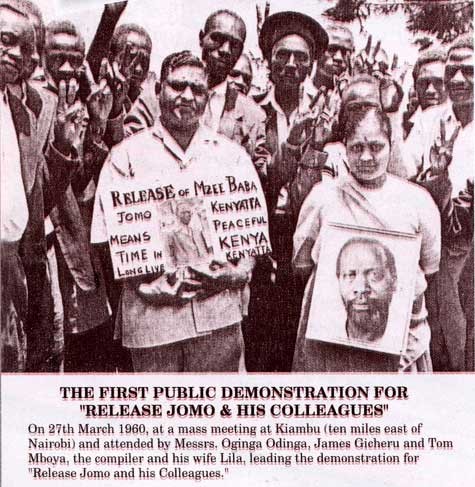
Exodus and the 'Rivers of Blood'
Towards the end of 1968, there was panic within the Asian community in Kenya as the government pursued its 'Africanisation' policy, which many believed was designed to push Asians out of the country. The government said their work permits would not be renewed, and they were restricted to certain sectors of the economy. Asians working as civil servants were forced out of their jobs. Not only did this cause panic but a problem for the former colonial power.
In Britain, the Conservative Party of Harold Macmillan had previously guaranteed Asians holding British passports unlimited entry into the UK. Under Harold Wilson's Labour government things changed. Home Secretary James Callaghan announced the government would no longer allow this, so aeroplanes carrying mainly Asian passengers from Kenya were turned away.
The 1968 Commonwealth Immigration Act introduced the requirement that immigrants demonstrate a 'close connection' with the UK. This caused a cabinet split. Not only was there criticism of the bill but growing tension on the issue - provoked by Enoch Powell and his famous 'rivers of blood' speech in April, 1968, which brought the immigration issue to the fore. This ultimately led to the Race Relations Act of 1976.
In 1969, six years after Kenya became independent, the Trade Licensing Act came into existence. Non-citizen traders had their licences revoked as a part of the government's policy of promoting citizen businesses as 'African'. This became popularly known as 'Africanisation' and led to many Asians selling their businesses to Africans. Some even closed them if they were unable to sell and went to live in the United Kingdom. They had British overseas passports and were considered British overseas citizens.
There was a massive exodus. But some Asians remained as they managed to find African partners. Some gave up their British passports and British citizenship in order to remain in the country and to try to ensure their businesses continued.

Attempted Coup
Resentment of Asians finally exploded onto the streets of the Kenyan capital in August, 1982 following a coup attempt. At midnight on 1 August, 1982 a group of men from the Kenya Air Force - under the command of Hezekiah Ochuka, a senior private grade 1 (the lowest rank in the military) - took control of the Voice of Kenya, which at the time was the only broadcaster in the country. It led to widespread looting of Asian shops, businesses and houses. Some Asian women were even raped in their homes. It is estimated that almost 500 shops, including 50 African ones, were looted. Yet on this dismal day some Africans came to the aid of their Asian neighbours, often giving them food and shelter.
Jets could be seen bombing various targets and there were a lot of gun battles, not just in the streets of the city but near the house where the president lived. When it became evident that those involved in the coup to overthrow the government and president Daniel Arap Moi did not have the complete support of the armed forces, it resulted in a split that enabled the president to regain power. As evening fell, he went on television and radio to announce a 'dawn to dusk curfew'.
During this time, some Asians tried to gather outside their temples and halls to eat. As night fell, the sound of gunfire could be heard, as well as the rumbling of tanks and army trucks. Six hours after Ochuka had tried to overthrow the government and president, he fled across the border to Tanzania. He was later extradited, and hanged along with some of the other rebels. The Kenyan Air Force was temporarily dismantled.
A lot of Asians claimed they could have lived with the losses they suffered during the looting, but not the rapes. As the curfew was lifted, many Asian families decided to leave Kenya. Some chose to send family members abroad to settle in countries such as the UK; some decided to remain.
The Reign of Idi Amin
In Uganda, many Asians were employed in tailoring, clothing or banking. They were 'kept' in these businesses during colonial times. Some perceived themselves to be from a more advanced culture than the Africans — a view that the Africans did not appreciate. This animosity had existed during colonial times, as well as under the presidency of Milton Obote.
In 1968, the committee on 'Africanisation' in commerce and industry proposed the introduction of work permits and trade licences to restrict the role of the Asians (Indians) in economic and professional activities. As a consequence, they were segregated and discriminated against.
In 1971, General Idi Amin and his men overthrew Obote's government and went on to exploit these divisions, and to spread propaganda. Amin justified his campaign of 'de-Indianisation' and eventually, in 1972, announced that he had had a dream in which God ordered him to expel all Asians (who were mostly of Gujarati origin) within 90 days.
Ugandan soldiers were engaged in theft and violence against the Asian population. Once the Asians left their businesses, they were handed over to Africans, most of whom were Amin's supporters. Many of these Asians were born in the country. Those who remained after the 90-day period were sent to the countryside, although some went across the border to Kenya, or to the UK.
The expulsion was portrayed in two movies: Sharad Patel's The Rise and Fall of Idi Amin, which starred African actor Joseph Olita as the Ugandan dictator, and more recently The Last King of Scotland starring Forest Whitaker, which was released in 2006.

It was not only in Kenya and Uganda that Asians faced discrimination, but Tanzania too.
Socialism in Tanzania
On 5 February, 1967, Tanzanian president Julius Nyerere announced his vision of Socialism, outlining principles to develop the country's economy. It was known as the 'Arusha Declaration'. Nyerere called for an overhaul of the economic system through socialism, and self-reliance in villages through a programme otherwise known as 'villagisation'. The latter was implemented from 1973 – 1976.
It proved both politically and socially unpopular, and in 1974 'Operation Dodoma' then enforced collective farming through the military. However, this soon ended and the country plunged into further debt, causing a crisis in the balance of payments, followed by worsened relations with international donors. During this time, the government ordered everyone to declare whether they had any funds, accounts, land or property overseas. Many people left Tanzania almost over night, although many remained.
Today, there are still plenty of Asians living in Kenya and Tanzania, and after Yuweri Museveni became president of Uganda in 1986 he ensured that land which was owned by Asians before they were expelled was given back. This has persuaded a lot of Asians to return to the country. But the Asians who remain are politically powerless. They may have connections with various influential Africans due to business relations and 'Africanisation', yet they often keep to themselves.
The 2007 elections in Kenya saw so much violence it shocked the world. But this is not new to Asians who have lived in the country. Some have left to avoid the violence and crossed the border into Uganda and Tanzania to live with friends and family. Some have gone to India, and some to the UK.
It was then known as British East Africa. The two lions were later stuffed and sold. They can now be seen at the museum in Chicago. It was known as German East Africa until the end of the First World War, when it was handed over to Britain as a League of Nations Mandate.
America, American Indians and stereotyping - role of youth in changing this perspective!
Indians officially began to enter the United States in the mid 1960’s when Lyndon B. Johnson signed a ground-breaking immigration law. For the next 20 years, Indians who immigrated to the US came from two ends of the spectrum. There were the highly qualified doctors, engineers, academics; on the other hand, there were the small businessmen who set up motels and convenience stores across the US. Indians had the unique advantage of knowing English with varying degrees of fluency and strong regional accents. The first group assimilated easily into the American culture. The result of that specific influx gave way to two large stereotypes in America about Indians: some Indians are very smart and rich (doctors, engineers, academics) and others are poor and scam artists (convenience store owners and cab drivers). These stereotypes are present in American TV shows, movies, and pop culture (i.e. The Simpsons). With the increase of the Indian population in the US, I am more confident that these stereotypes will define us less and less as time goes on.
India opened up trade with the US in 1991 and through the first two decades of the 21st century, we have seen a boom of technology that has led to a new wave of highly qualified IT professionals immigrating into the US. That cohort has spawned some of the biggest American technology companies, which are led by Indian immigrants and Americans of Indian ancestry. Today, even with four million Indian Americans, we see Indians emerging in several other professions such as journalism, law, banking, and politics. However, even present-day generation sometimes faces discrimination and assumptions. We, the youth, hold an important responsibility in terms of upholding Indian culture and stopping some inherent discrimination. We must continue to demonstrate that while we revere our heritage, we are able to contribute into this unique melting pot in various ways.

Our future is in our hands regardless of our country of residence'
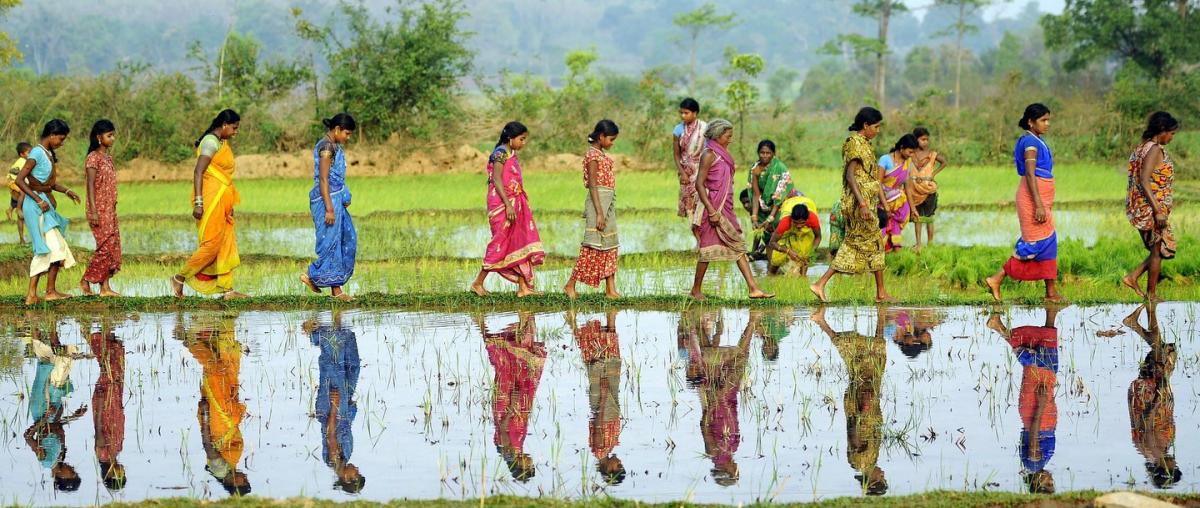
Mother Land - luscious green land
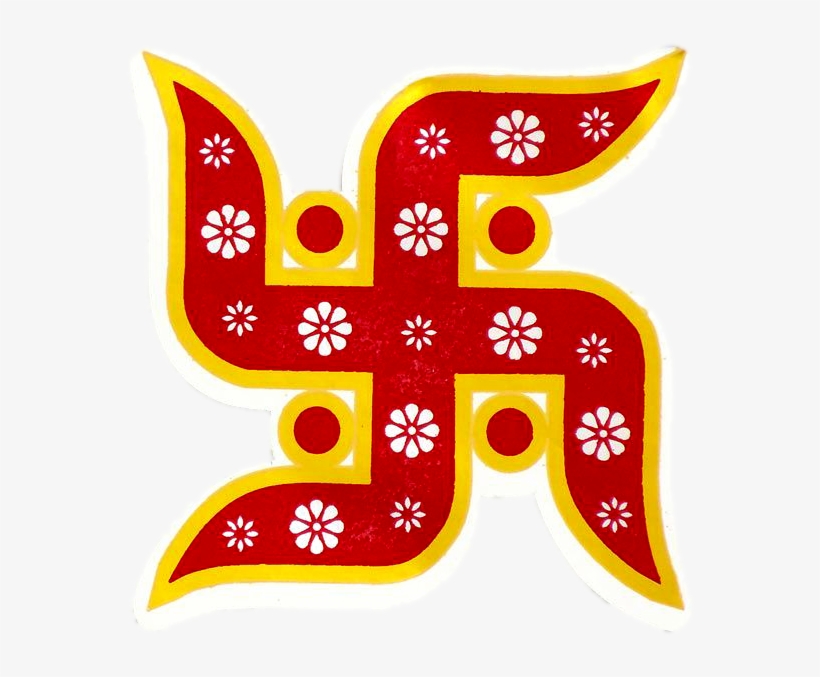
Jivanbhai's saying about diaspora:
A real diaspora never melts in the heat or freezes in the snow of a distant land but remains resolute and true in one's heart, mind and actions about his / her motherland !
हे जन्म भूमि भारत, हे कर्म भूमि भारत….

Jivanbhai's saying about 'Life is a Circus' and in real jest!
His alternative thinking and laughs !!!
In the unlikely event that the British decided to rebuild the Kenya-Uganda railway, rest assured that the man-eaters of Tsavo, if they still exist, would not be carting away Indian coolies into the forest for snacks and dinner. There would be no Indian coolies in the first place. Instead, the whole railway line would be bustling with youthful — and not so youthful — indigenous Kenyans under the Kazi kwa Vijana (work for youth) initiative. Yet just over 100 years ago, the British wouldn’t be caught dead doing such ‘menial’ work, to the extent that the railway line’s entire labour force had to be shipped in from India. But if it was massive muscle drain for India, then, rounding up the descendants of those coolies today and throwing them out Idi Amin style would result in brain drain so severe that the national economy would be clobbered to its knees. How did these Indians manage this transformation from sweaty labourers to captains of industry when locals are still doing what they were doing then — hunting animals, pretending to raise maize on barren land and engaging in tribal warfare every five years or going to the pub & chicken tikka masala?
Strength to strength
Equally, the Brits who were lording it over everyone have virtually scattered from Africa and India. In Kenya, Grogan is gone; Egerton’s castle is in ruins while Lord Delamere now hawks mandazi (bread rolls) and milk on the roadside in Naivasha. But the East African Indian just seems to grow from strength to strength wherever they go!
Two reasons for this:
One, the Indian doesn’t give a hoot about land. All he needs is a roof over his head and a place to sell his wares. Wazungu (whites), on the other hand, will lease thousands of hectares of desert land and then pretend to make money out of it from tourists. How the hell do you do that when crooks are turning all the trees upstream into charcoal? Africans, on the other hand, will steal and kill each other for land. But after that, they do absolutely nothing with it apart from walking around admiring farm boundaries and selecting burial spots.
The second reason is that the average Indian is more tenacious than a donkey. Take note - a millionaire muhindi duka wallah (Indian shopkeeper) or a Corner Shop owner in UK will own the same pair of shoes for years unlike a local man who changes wives with his first bank loan. It’s not easy minting money from a duka (shop), either, as the many locals who sink their retirement benefits into roadside shops can testify.
Jivanbhai's alternative thinking and laughs !!!
Marriage & Ageing Mothers (NB: Gadher Parivar has no dowry system - Thank God !)
But we have to admire these Indians most for their marriage customs. They are just brilliant, these Indian men, even if they are ugly as hell! How did they connive to have women pay them dowry and still manage to dictate to them for the rest of their lives? Isn't this their begining of 'hell on earth' for both or all of them?
Wow! as soon as the family have eaten the dowry that the bride brought, they install her in the family home so that she can take care of their aging mothers as well. Would you believe it! And to seal the deal, they cover those women from head to toe, not to mention, father a few brats! Many ancestors and parents thought and still think that they were and are smart - all they cared about were useless gizzard rights.
So why can't we all think up a scam like this today? Here, women pay dowry through the nose yet if one’s mother visits for one week, the wife issues an ultimatum: ............"Either that old hag goes or I’ll create 'merry hell' till you BOTH go"
Life indeed is a circus on a stage! ..............who said, 'World is a stage and.........................................'
Poison or antidot (Both man and women ) - In Indian marriages of today, if one can drive a car and/or carry a handbag or a mobile phone, then you are assured of high heeled demands of leasure, pleasure, no cooking meals but take-aways, and no brats ............... meaning, 'my way or highway'
Origin of these attitudes
You really need to read below to understand origins of such attitudes !!
Identity, marriage, culture and food < CLICK TO READ
 I hasten to add that Gadhers' do not have a dowry custom
I hasten to add that Gadhers' do not have a dowry custom
-
Gadher Parivar / Gadher Community website linking all ..............now represents a hub of interactions of UK and Gadher Communities worldwide without limitations due to distances, borders or boundaries.
-
The aim of the website remains to contribute to all aspects of the community including education, awarness and advancement. With its futuristic approach, novel views, constant self criticism, evaluation, and updates, we aim to achieve a lot !

